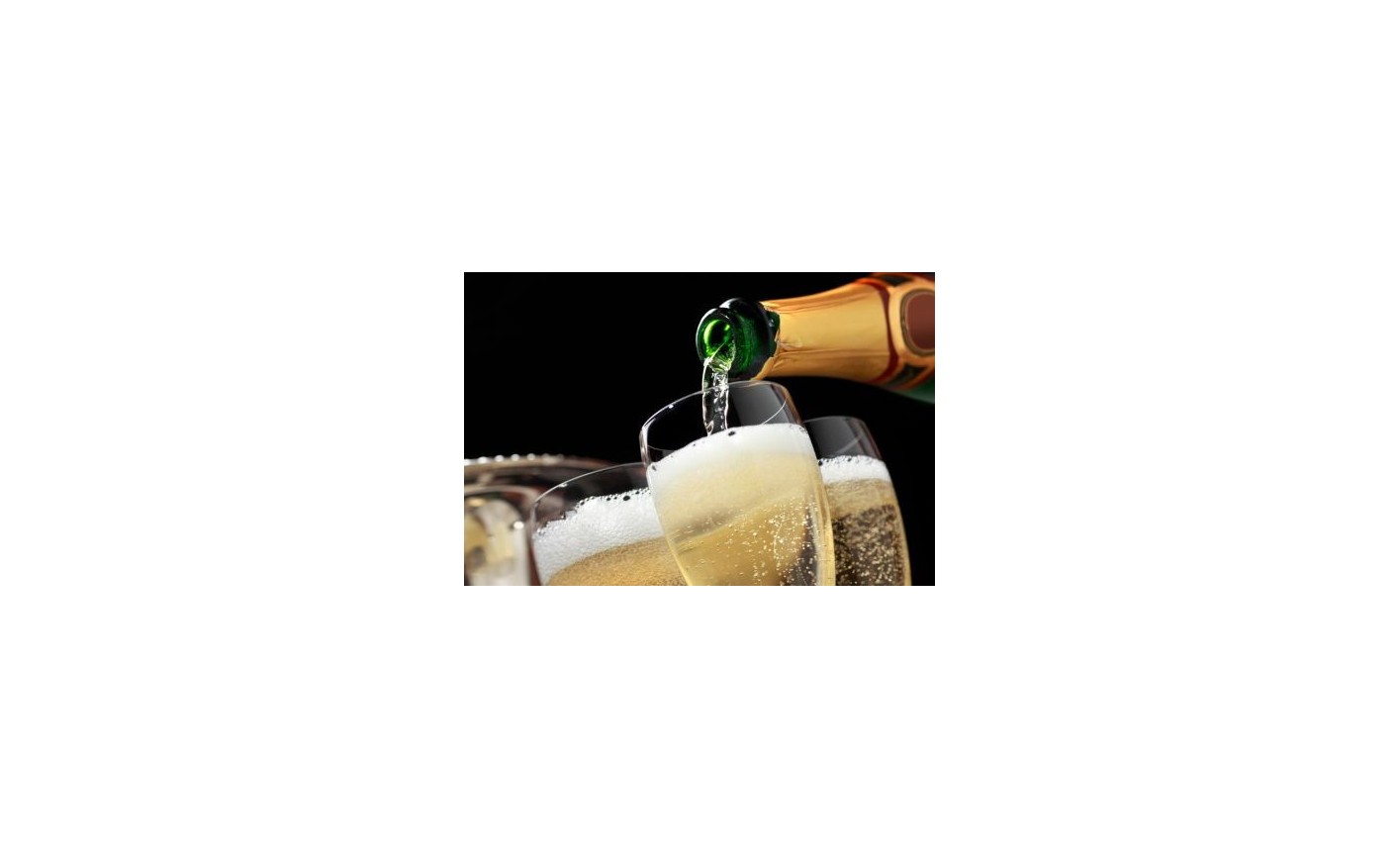DIFFERENCES BETWEEN SPARKLING WINES
06/07/2024 12:40:48
Home

Sparkling wines are distinguished by their bubbles, which result from fermentation that produces carbon dioxide. However, there are several differences between them depending on the production method, the region of origin and the grapes used. Here are the main differences between some of the most popular sparkling wines.

Champagne (France)
- Region of Origin: Champagne, France.
- Grapes used: Chardonnay, Pinot Noir, Pinot Meunier.
- Production Method: Traditional Method (or Champenoise), where the second fermentation takes place in the bottle.
- Flavour Profile: Notes of apple, citrus, brioche, almond and sometimes toast. High acidity and fine, persistent bubbles.
- Ageing: Non-vintage wines should be aged at least 15 months, vintage wines at least 3 years.
Prosecco (Italy)
- Region of Origin: Veneto and Friuli Venezia Giulia, Italy.
- Grapes used: Glera (mainly).
- Production Method: Charmat Method (or Tank Method), where the second fermentation takes place in large stainless steel tanks.
- Flavour Profile: Notes of stone fruits (peaches, apricots), white flowers, and sometimes a touch of honey. Less acidity than Champagne and larger bubbles.
- Ageing: Generally consumed young.
Cava (Spain)
- Region of Origin: Mainly in Catalonia, but also in other regions of Spain.
- Grapes Used: Macabeo, Xarel-lo, Parellada (Chardonnay and Pinot Noir can also be used).
- Production Method: Traditional Method (similar to Champagne).
- Flavour Profile: Notes of apple, pear, citrus and often a more earthy and mineral character. Good acidity and fine bubbles.
- Ageing: Reserva Cava should be aged for at least 15 months, and Gran Reserva for at least 30 months.

Franciacorta (Italy)
- Region of Origin: Lombardy, Italy.
- Grapes used: Chardonnay, Pinot Nero (Pinot Noir), Pinot Bianco.
- Production Method: Traditional Method.
- Flavour Profile: Similar to Champagne, with notes of citrus fruits, almond, and fresh acidity. Fine, persistent bubbles.
- Ageing: Non-vintage should be aged at least 18 months, vintage at least 30 months.
Sekt (Germany)
- Region of Origin: All of Germany.
- Grapes Used: Riesling, Pinot Blanc, Pinot Gris, Pinot Noir, and other local varieties.
- Production Method: Mainly Charmat Method, although some high quality wines use the Traditional Method.
- Flavour Profile: Varies depending on the grape used. Riesling Sekt may have notes of green apple, citrus and minerals, while others may be more fruity or floral.
- Ageing: Generally consumed young.


